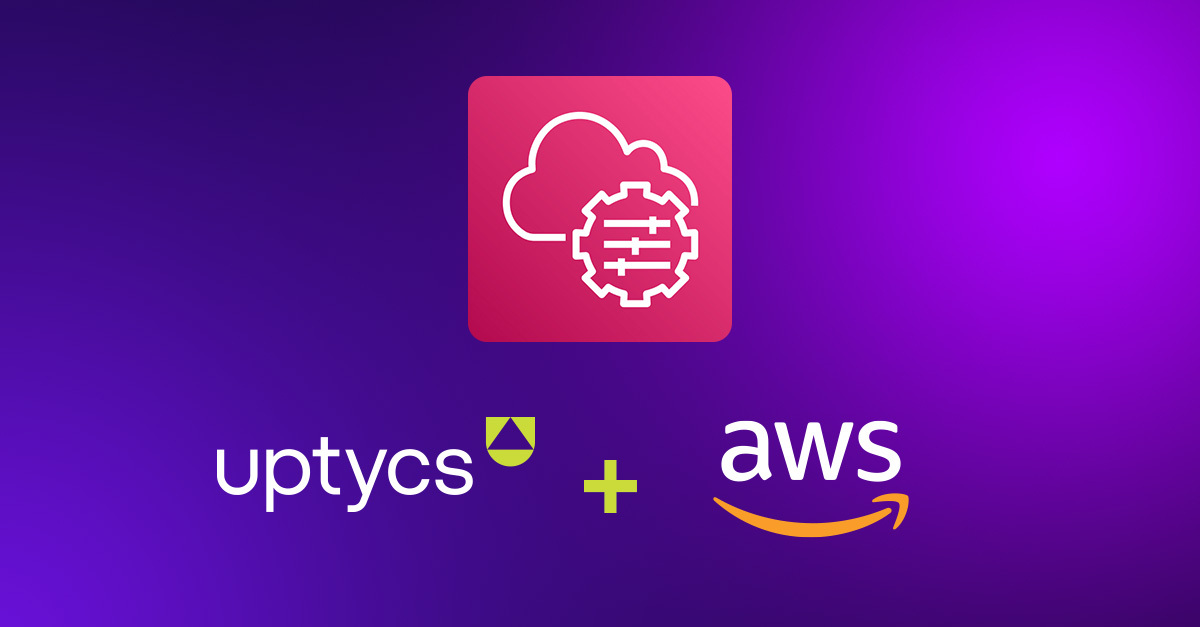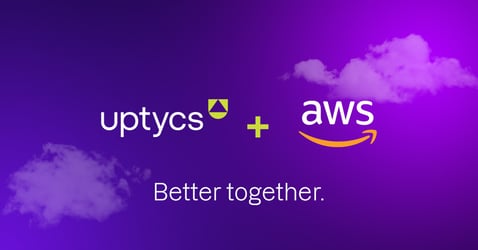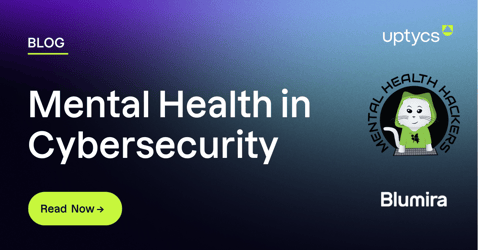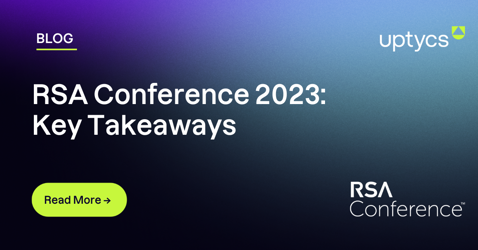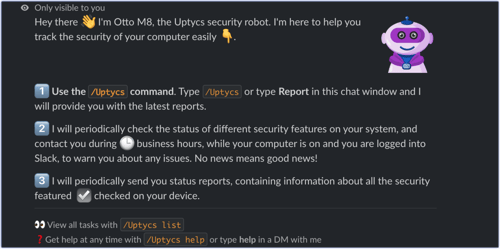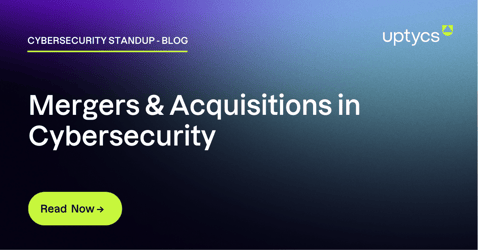- All Blogs
- Cloud Security
- Osquery
- Endpoint Security
- Kubernetes and Container Security
- More
- Events
- AWS
- Academy
- Compliance
- Uptycs Features
- Vulnerabilities
- Linux Security
- Uptycs Research
- Best Practices
- Integrations
- Life at Uptycs
- DevSecOps
- Kubernetes
- Linux
- Telemetry Data
- Threats
- Workload Security
- ebpf sensor
- macOS Security
- CNAPP
- Containers
- IBM
- Software Pipeline
- edr
- threat detection
- vulnerability detection
- AI
- Application Security
- Container Security
- Data Security
- Dora
- Gartner
- Incident Response
- Network Analysis
- Posture Management
- Security Detection
- security posture
- threat protection
- vulnerability management
- Blog Categories
- Cloud Security
- Osquery
- Endpoint Security
- Kubernetes and Container Security
- Events

